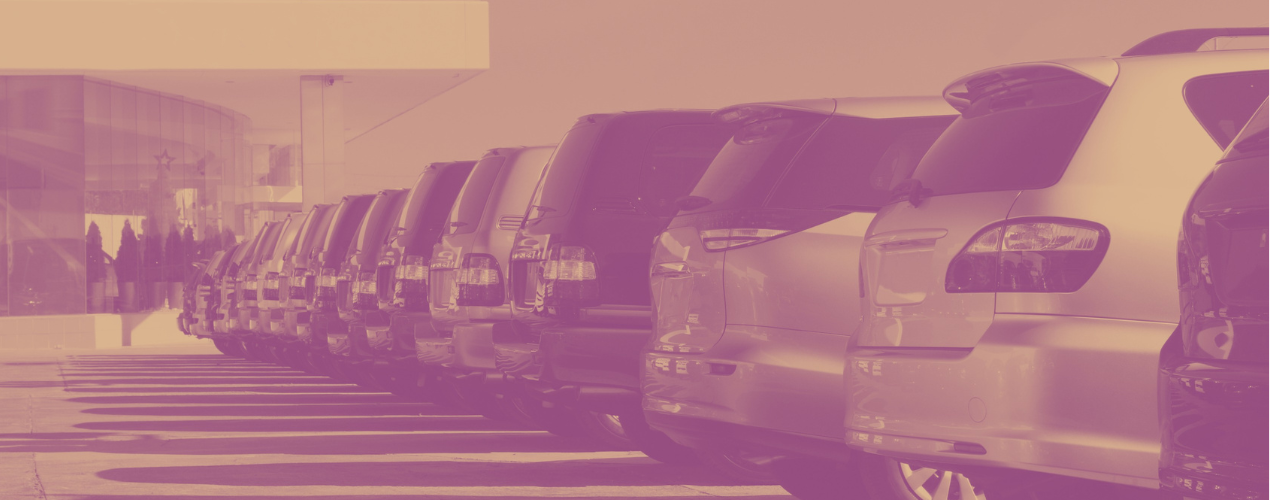
One of the most remarkable transitions on Irish roads in recent years has been the rise of SUVs (Sports Utility Vehicles) and their smaller siblings Crossovers. Whereas once a jeep was the preserve of a certain kind of farmer, cars that look like they are modelled on the Land Rover are now a common sight on our roads. Yet these vehicles, which are, mostly, not four-wheel drive, and lack tow-bars, are useless for agricultural work. Ireland’s best-selling SUV is the Hyundai Tucson, and its advertising brochure features neither a tow-bar or an image of the vehicle pulling a load.
These cars claim to have exemplary storage space. From the outside, it certainly makes sense that they must be able to hold lots of luggage, or shopping, or buggies, or golf clubs, or even a little, smaller car of some kind. In reality, a combination of a stylised body-shape and their height off the ground leaves the actual boot space much less usable than many average cars.
Car-size inflation is a real phenomenon. The 2019 version of the BMW 3-series is taller, wider and 42% heavier than its original model, This repeats across every market segment and model line. The modern Mini is 64% heavier than its first iteration. While safety features are undoubtedly a factor in this increase, the fact that boring, old-fashioned small family cars typically score top marks in EU safety tests indicate that it is not the whole reason. The growth of the finance industry associated with car sales, allowing people to defer the initial outlay on more luxurious vehicles is just as likely to be a factor. The finance companies associated with auto manufacturers are now multi-billion euro enterprises. SUVs generate larger profits. The trend towards car inflation flows from a concerted marketing push from the industry.
Climate change impact
This trend towards spending more money on more car without giving much more performance would be lamentable even if we didn’t consider the negative impact that larger vehicles have on our environment, and on our health. As a general rule, half of a car’s carbon footprint is expended in its production and is linked to its size and weight – the larger the vehicle the more resources it takes to both produce and use it. Ireland’s best-selling SUV has an emissions rate of 151g/km of CO2. Before the car-inflation craze, many of the drivers in these behemoths would have been driving a Ford Focus or a Toyota Corolla which have emission rates almost a third lower.
It is estimated that the trend towards SUVs alone accounts for emissions larger than all but five nations. A rise in emissions goes hand in hand with other environmental issues; air pollution kills more people globally than smoking.
Impact on the safety of other road users
But it is not just their long-term environmental impact but their immediate threat in terms of road safety. Contrary to the idea that these cars are safer, a passenger is 11% more likely to die in an SUV than in a standard car. And that is not even their largest risk: they are massively more likely to be lethal in an impact with a pedestrian or a cyclist – especially children – than an ordinary car. There are many factors at play here. The in-built blind-spots. The high-seating reduces visibility at road-level. The high wheel clearance paired with the high bonnet means that impacts with human bodies are likely to be much more dangerous, which combined with their extra weight is lethal.
What is the alternative?
Ordinary smaller cars are still for sale. And estate-models offer all the functionality of the SUV and the Crossover, without the same scale of carbon-emissions and impact-risk.
But people who can, should consider shifting from four-wheels to two. My wife and I rented an electric cargo bike while on holiday last year and were awakened to the possibilities that they offer. A bike like this can carry kids and bags and shopping over far longer distances, with ease. The government offers a €1,500 tax free allowance to buy electric cargo bikes. They cost next to nothing to run, and in traffic are as fast as any car.
Cars are parked 95% of the time, but are responsible for the largest share of our transport emissions nationally. On average, they carry only one person per journey. They typically cost over €10,000 a year to own. Hundreds of people die or suffer significant injuries in car crashes every year. Making them smaller, or ditching them altogether where possible makes sense.

